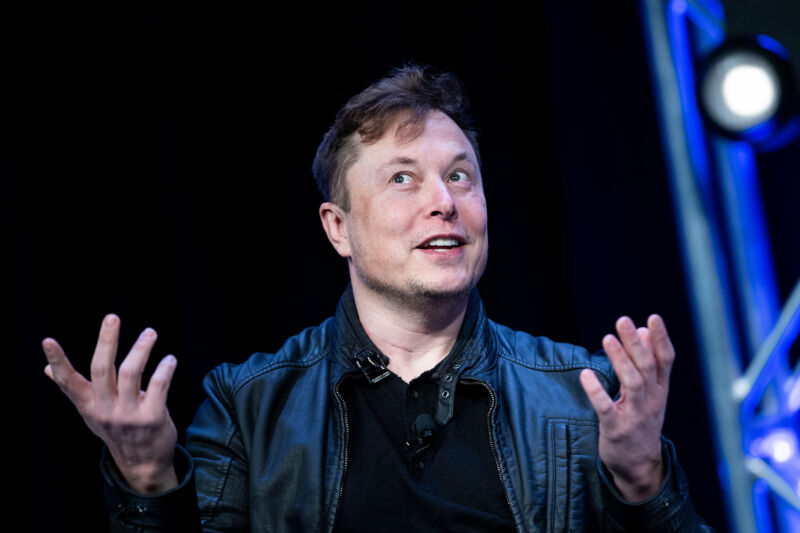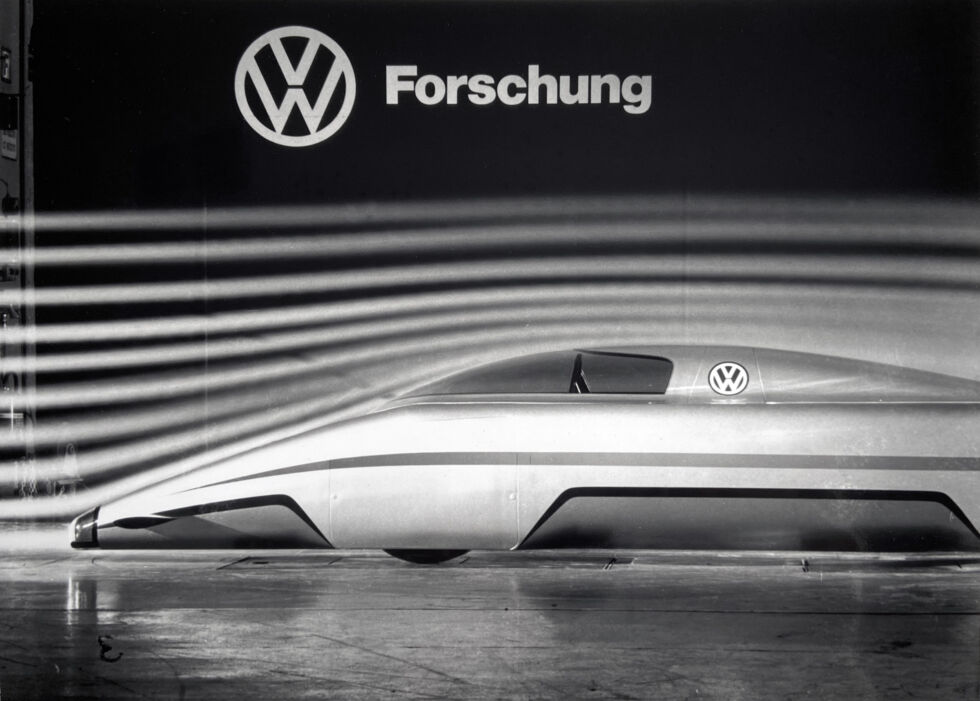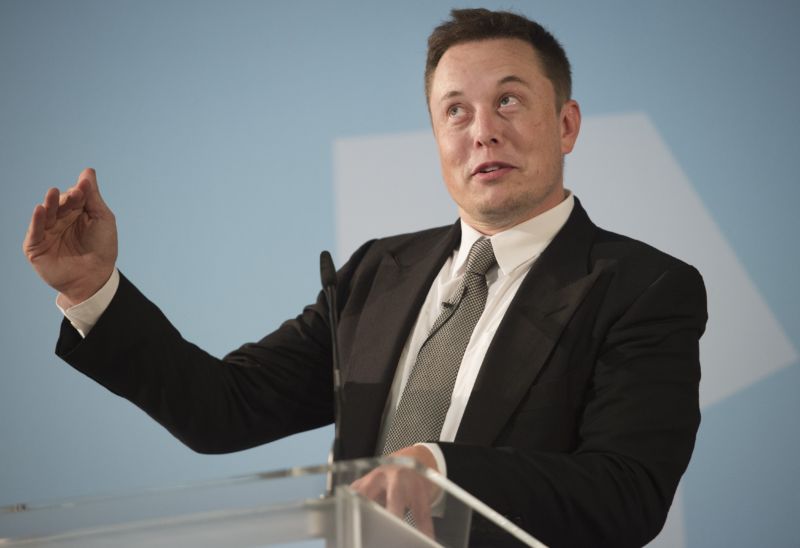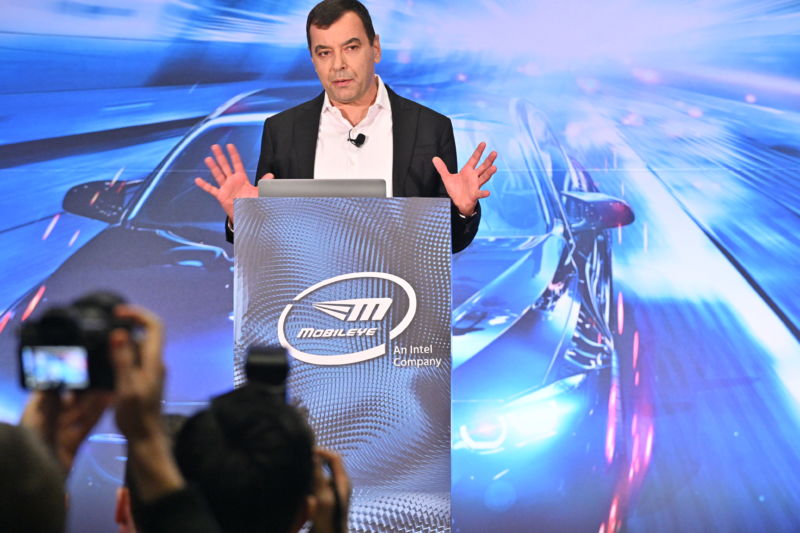-
 chevron_right
chevron_right
Tesla drops lawsuit against Alameda County [Updated]
Timothy B. Lee · news.movim.eu / ArsTechnica · Thursday, 21 May, 2020 - 21:16

Enlarge / Elon Musk in 2020. (credit: BRENDAN SMIALOWSKI / Getty )
Update (May 21): Tesla's lawsuit against Alameda County has been dismissed at Tesla's request . The move comes a week after Alameda County signaled that it wasn't going to try to stop the company from re-opening its Fremont factory despite a continued shelter-in-place order in the San Francisco Bay Area.
Original story (May 11) follows:
Elon Musk is planning to defy county officials as he battles to reopen Tesla's Fremont factory in the face of a continued shelter-in-place order in Alameda County, California, Musk announced on Twitter on Monday.



